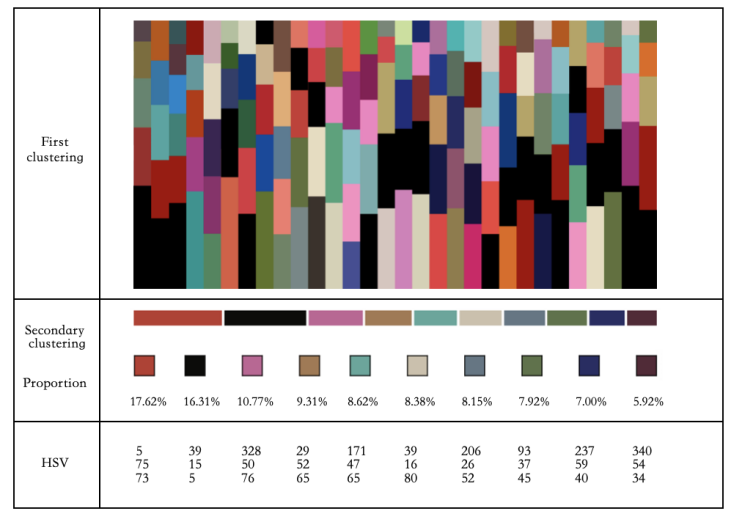Research on the Color Characteristics of Children's Wristshields in Qing Dynasty Based on K-means Clustering— Taking the Collection of the Ethnic Clothing Museum of Beijing Institute of Fashion Technology as an Example
Keywords:
The Qing Dynasty's color schemes, Color research, Color clustering analysis, Color schemes of WenxianAbstract
Children's necklaces, as a key category of children's clothing, present the artistic style of folk children's clothing in the late Qing Dynasty and the early Republic of China in an intuitive and vivid manner. This study focuses on the color characteristics of children's necklaces in the Qing Dynasty and conducts further research and presentation of these color characteristics in a quantifiable and visual way. Through the analysis of the k-means color clustering method, a comparative analysis is conducted from the three dimensions of hue, saturation, and brightness in HSV. Among them, the saturation dimension shows that high-saturation colors are dominant; the reasonable proportion of medium and low-saturation colors enriches the color levels, taking into account visual harmony and craftsmanship compatibility. In summary, the colors of children's necklaces in the Qing Dynasty are dominated by red, with multiple color systems coexisting. The high saturation is prominent and the colors are coordinated in layers, carrying cultural connotations and adapting to the attributes of children's products, presenting the unique color design wisdom of that time and providing empirical reference for the research on traditional clothing color culture.





